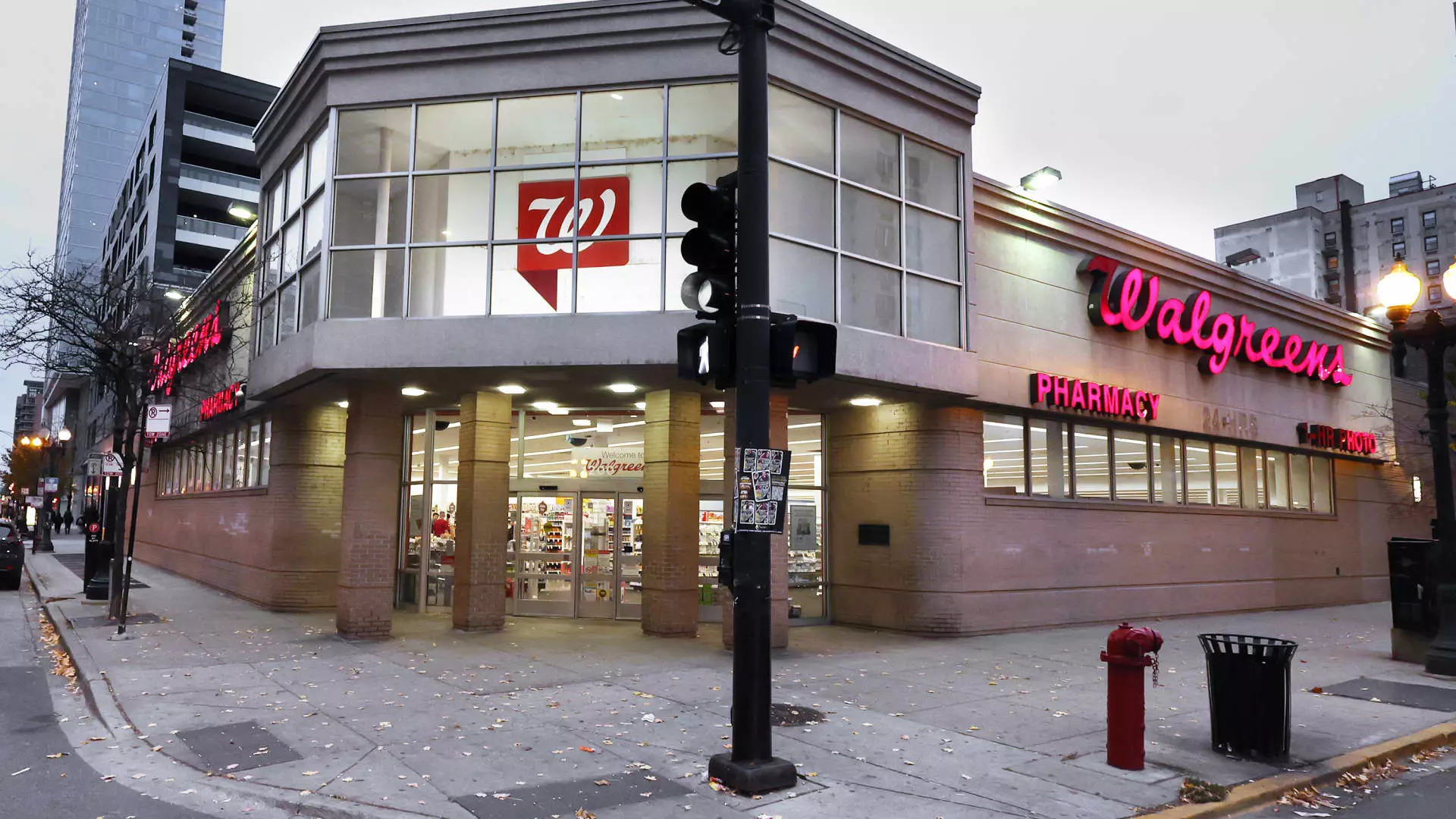In a dramatic turn of events, Walgreens is poised to go private in a deal valued at around $10 billion facilitated by Sycamore Partners. This marks the end of an era for the well-established retail drugstore that has been publicly traded since 1927. While the acquisition could allow Walgreens to restructure away from the prying eyes of shareholders, one cannot help but question the long-term repercussions of this shift, particularly in a sector that is going through substantial upheaval. The decision to withdraw fiscal guidance for 2025 signals a troubling lack of confidence in future performance. Is this a sign of inevitable decline or simply a strategic move toward retraction and renewal?
Earnings Report: A Mixed Bag of Results
Walgreens reported earnings per share of 63 cents, surpassing expectations of 53 cents, and revenue of $38.59 billion, which exceeded the anticipated $38 billion. At first glance, these numbers seem promising, but a deeper dive reveals the company is bleeding financially with a staggering net loss of $2.85 billion, demonstrating a turbulent operational landscape. The juxtaposition of healthy sales against crippling losses raises serious questions about the sustainability of their business model. The company’s ongoing legal issues, particularly those related to opioid settlements, represent just the tip of the iceberg for an organization grappling with profound market challenges.
Cost-Cutting: A Double-Edged Sword
One of the silver linings in Walgreens’ recent earnings release is the positive mention of cost management. The company is aggressively shuttering stores and slashing expenses, but this begs the question: at what cost? Reducing the number of retail locations may yield short-term financial relief, but it compromises Walgreens’ market presence in the long run. The retail pharmacy industry is not just about numbers; community trust, brand loyalty, and local partnerships are vital, and cutting back can fracture these essential components. In their rush to streamline operations, Walgreens risks alienating customers who rely on these cornerstones of neighborhood pharmaceutical care.
An Industry in Flux
Furthermore, Walgreens stands at the crossroads of two painful realities: the intensifying competition from giants like CVS, Amazon, and grocery retail chains, and a daunting push into health care that appears more complicated than fruitful. While investing in healthcare appears logical for future growth, the struggles tied to that transition illustrate a disconnect between the company’s vision and market realities. It’s evident that Walgreens is ill-prepared for the multifaceted challenges faced by the healthcare sector. The partnership with VillageMD—while promising—could become another financial anchor if not navigated judiciously.
Impeccable Timing or Reckless Gamble?
While some see the upcoming privatization as an opportunity for rejuvenation, others express skepticism. Is Sycamore Partners’ timing impeccable, or is Walgreens taking a reckless gamble by sidestepping accountability? The looming specter of legal issues and a softening consumer market could very well upend recovery efforts. As legal expenses remain a troubling financial drain—nearly $1 billion for opioid-related settlements—neither investors nor consumers can afford to turn a blind eye to these challenges. The eventual success or failure of this private transition hinges not just on cost-cutting but the very essence and identity of Walgreens.
A Cautious Look Ahead
With adjustments made to their business model and revamped infrastructure, Walgreens hopes for a turnaround that is more than just surface level. CEO Tim Wentworth emphasizes that “meaningful value creation will take time,” but the question is whether the company can afford that luxury. The situation extends beyond mere finances; it is about relevance in a rapidly shifting market landscape. If Walgreens wishes to emerge from its tumultuous past and carve out a future that reflects its heritage, it must rethink its approach—offering not just medications but a holistic view of community healthcare.
Walgreens is at a precipice, and whether it can transform challenges into opportunities remains to be seen. The choices made in the coming months will have lasting ramifications not just for the company, but for the way retail pharmacy is perceived and operates in a modern economy increasingly defined by digital innovation and consumer expectations.


Leave a Reply